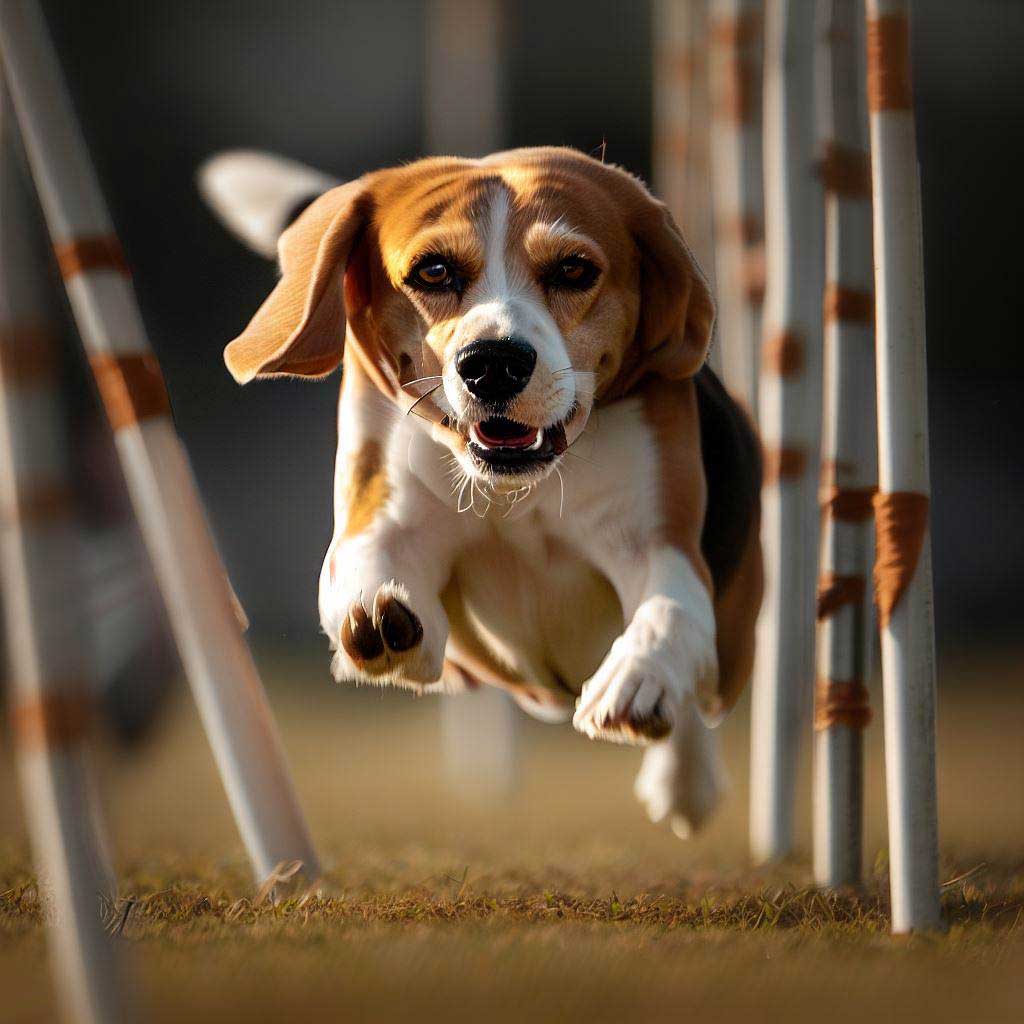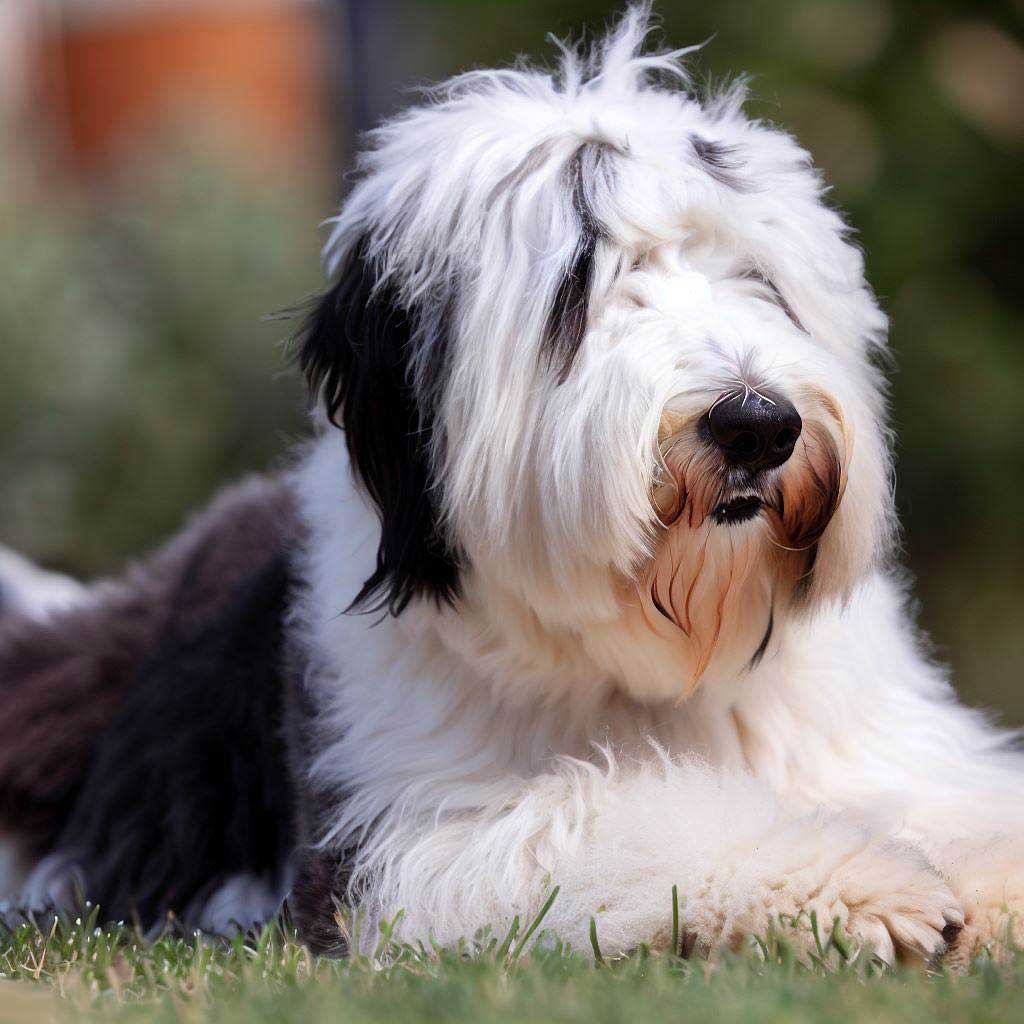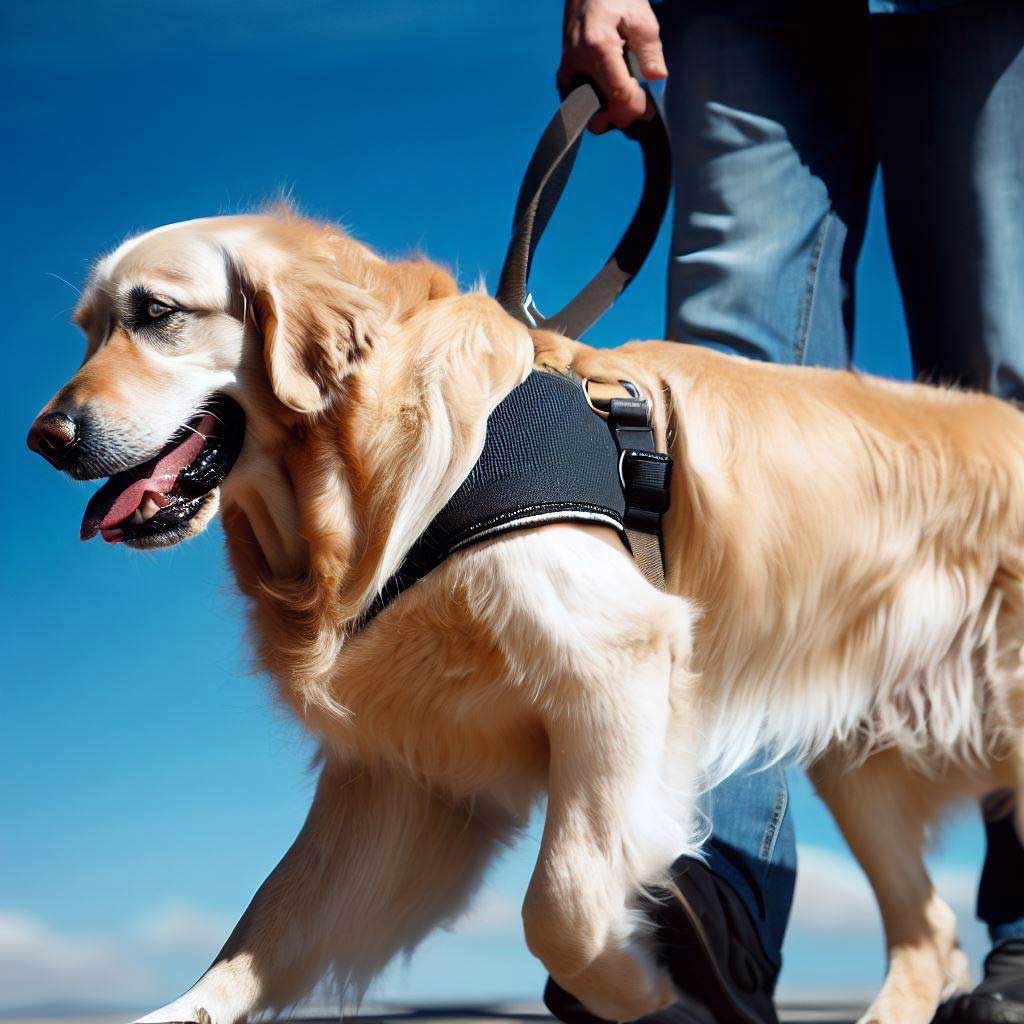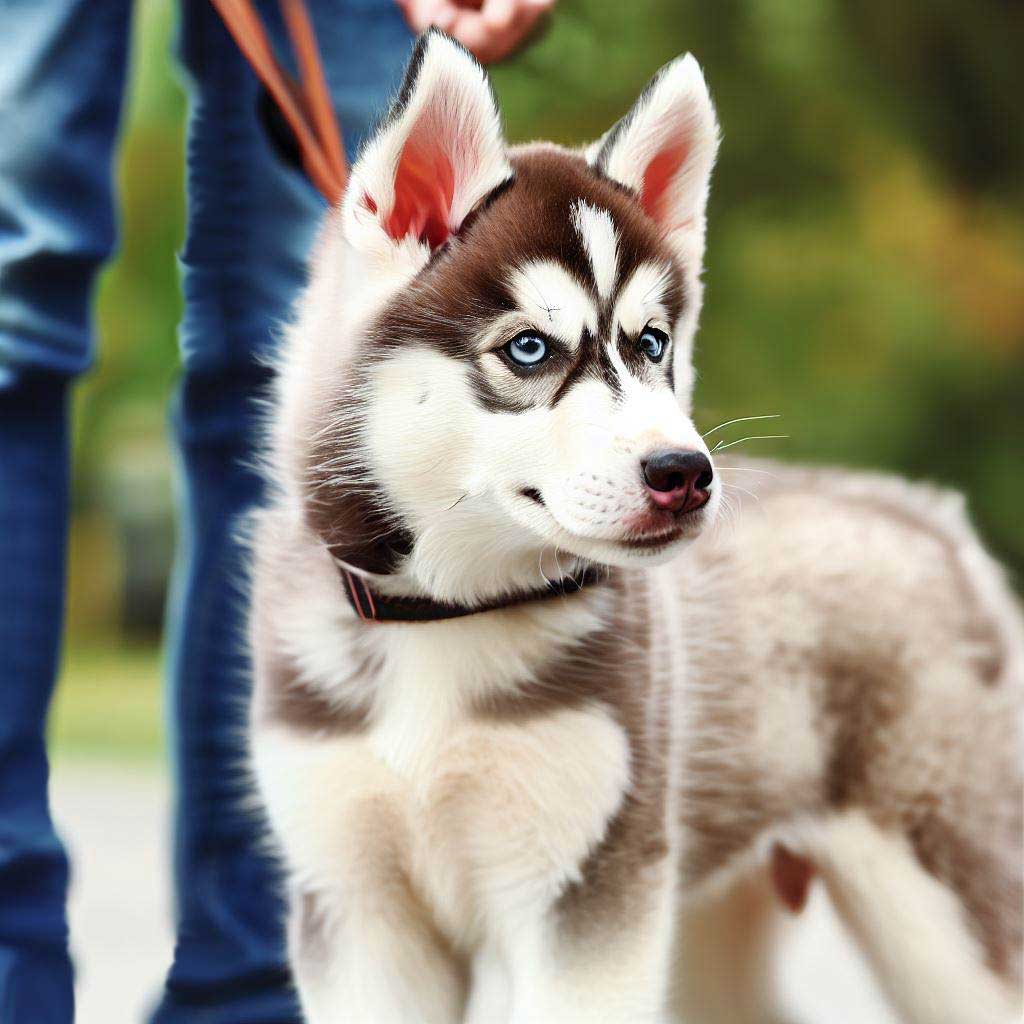Traditional vs Positive Reinforcement Dog Training Methods: Discover insights, FAQs, and tips for a well-trained, happy canine companion.
Table of Contents
Introduction
From the moment humans began forming bonds with dogs, training techniques have evolved. And yet, dog training isn’t just about teaching commands; it’s a delicate dance of communication, a balance between guidance and understanding. Over the years, countless methodologies have emerged, each with its unique philosophy and approach. But among them, “positive reinforcement dog training” stands as a beacon of contemporary, compassionate methods. Akin to an art, it requires finesse and patience.
Brief overview of dog training methodologies
First, let’s address the elephant in the room. Imagine a spectrum. On one end, you have the traditionalists, anchored in time-tested, dominant approaches; they believe in setting the tone and establishing “who’s boss.” They might argue, “Hey, it worked for our grandparent’s dogs, right?” And then, on the other side, there’s the ever-growing choir of voices championing positive reinforcement dog training – a method fueled by rewards, praise, and understanding the psychology behind canine behavior.
This brings us to a pivotal question: Why does the method matter?
Training isn’t merely about getting your furry friend to sit or stay. It’s about shaping their behavior, guiding them in the complexities of the human world. The right methodology forms the foundation of a lasting bond. It ensures that the dog understands, respects, and trusts its owner. Furthermore, a chosen technique can significantly impact a dog’s mental well-being, confidence, and overall demeanor. As trainers, we owe it to these loyal companions to navigate this choice diligently. After all, they’re not just pets; they’re family members.
Remember the first time your dog looked into your eyes, seeking guidance, a nod of approval, or just a simple sign of affection? That moment of vulnerability is a reminder of the profound responsibility we have. Consequently, the training methods we employ have ripple effects that transcend beyond mere obedience. They shape a dog’s worldview, teach them how to react to stimuli, and fundamentally influence their relationship with humans and other animals.
Importance of choosing the right method for your dog
Now, it’s crucial to point out that no method is universally “perfect.” Dogs, like humans, have individual personalities. What works brilliantly for one might not be as effective for another. Yet, positive reinforcement dog training, with its emphasis on building trust and mutual respect, has been gaining traction and endorsements from veterinarians, behaviorists, and professional trainers worldwide.
As you venture into the labyrinth of dog training, always circle back to one fundamental truth: Training should be as much about understanding as it is about instructing. After all, a bond formed through mutual respect and understanding is unbreakable. So, as you sift through techniques, remember to weigh the pros and cons, to think of the long-term effects on your furry friend’s psyche, and most importantly, to choose a method that strengthens the trust between you and your canine companion.
Positive reinforcement dog training isn’t just a method; it’s a philosophy. It speaks to the heart of what modern dog ownership should be: a relationship built on understanding, trust, and love. And as you embark on this journey, remember that the right training technique isn’t just about commands; it’s about building a lifetime of shared memories, understanding, and mutual respect.


“…it’s crucial to point out that no method is universally “perfect.” Dogs, like humans, have individual personalities…”
Understanding Traditional Training Methods
Definition and Overview
Dive deep into the annals of canine history, and you’ll find traditional training methods have long held sway in the world of dog training. Originally rooted in the early days of canine domestication, these methods emphasize control, dominance, and immediate compliance. In stark contrast to the more compassionate and understanding approach of positive reinforcement dog training, traditional training draws its strength from establishing hierarchy.
Key Techniques Used in Traditional Training: Corrections, Punishment, Dominance Theory
While the realm of dog training brims with techniques, traditional training stands on three main pillars: corrections, punishment, and dominance theory.
- Corrections: Think of corrections as the act of “setting a dog straight”. This typically involves the use of equipment like choke chains, prong collars, or shock collars. For instance, if a dog pulls during a walk, a choke chain is designed to tighten around the dog’s neck, signaling the dog to stop the undesired behavior. On the surface, it may seem effective, but beneath that, there’s a world of canine psychology that gets neglected.
- Punishment: Unlike the rewards-based approach of positive reinforcement dog training, traditional methods often lean on punishment for undesired behaviors. This can range from a firm “NO” to physical actions like leash yanks. The underlying principle? Make the dog uncomfortable or fearful enough, and they’ll cease the undesired action.
- Dominance Theory: Rooted in the outdated belief that dogs are similar to wolves and hence need an “alpha” to guide them, dominance theory propels trainers to be the alpha. In essence, this method mandates that humans must consistently assert their dominance over the dog. For instance, making a dog wait before feeding or not allowing them on furniture are some common practices. Yet, more recent canine research often challenges the merits of such approaches.
Pros of Traditional Training Methods
Despite criticisms, traditional training isn’t devoid of merits. Here’s what advocates might argue in its favor:
- Quick Results in Some Scenarios: True, in certain situations, traditional training yields speedy results. If you’re trying to curb a severe behavioral issue or need instant compliance, especially in security or defense roles, traditional methods might give that immediate response. Nevertheless, while the behavior may seem corrected, it’s essential to gauge the dog’s psychological state.
- Established and Time-Tested: Like an old tree rooted in the backyard of canine training history, traditional methods have been around. They’ve stood the test of time, predominantly because they’ve worked for many over the years. Some might argue, “Why fix what isn’t broken?”
Cons of Traditional Training Methods
However, as our understanding of canine psychology and behavior deepens, we’re beginning to notice some inherent flaws in traditional training.
- Can Lead to Fear or Aggression in Dogs: A dog trained with force or fear may, in turn, respond with fear or aggression. Imagine a world where every mistake leads to retribution. Over time, this can condition dogs to react aggressively as a defense mechanism or out of confusion.
- Risk of Physical Harm or Injury: Choke chains, shock collars, and other correction tools aren’t just psychologically taxing; they can cause physical harm. Tracheal damage, neck injuries, or even burns from malfunctioning shock collars are risks every dog owner should weigh seriously.
- Can Harm the Dog-Owner Relationship: Building a bond on dominance and fear instead of mutual trust can strain the relationship between you and your furry friend. In the shadow of correction and punishment, the warmth of understanding and genuine bonding often takes a back seat. While positive reinforcement dog training prioritizes this bond, traditional methods might inadvertently weaken it.
When stepping back and analyzing, it becomes clear that the path of dog training isn’t linear. It’s a mosaic of techniques, approaches, and philosophies. As our understanding deepens and evolves, so does the world of training methodologies. The most crucial point to remember, however, is to prioritize the well-being and psychological health of our canine companions above all else.

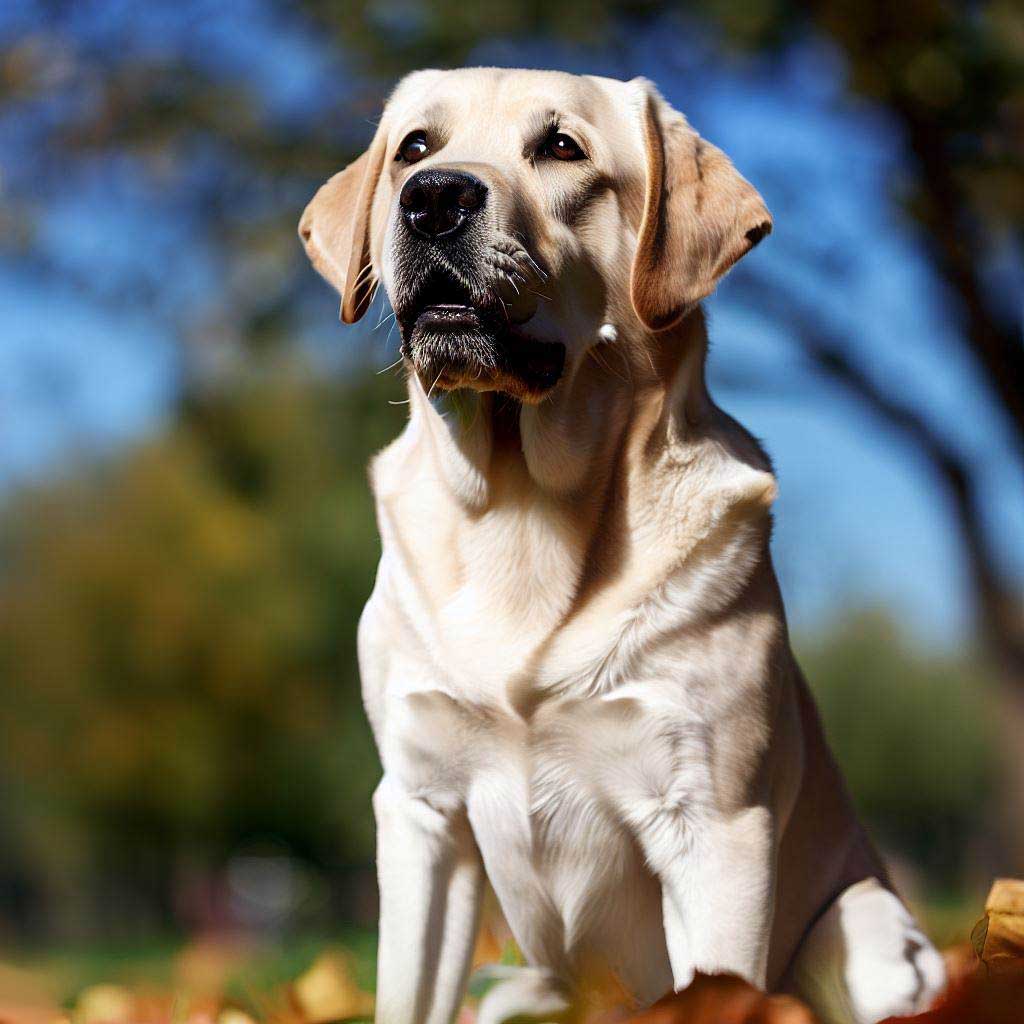
What is Positive Reinforcement Dog Training?
Definition and Principles
Imagine crafting an invisible bridge, a bond forged not by chains, but by threads of understanding, respect, and love. This is the heart of positive reinforcement dog training. Unlike the command-and-control approach seen in traditional methods, positive reinforcement focuses on rewarding desired behaviors, thereby increasing the chances of these behaviors being repeated.
At its core, positive reinforcement dog training revolves around a simple principle: dogs will likely repeat an action if it results in a positive outcome. Rather than punishing a dog for undesired actions, you shower them with rewards for desired behaviors. Over time, they naturally gravitate towards these behaviors, not out of fear or dominance, but because they associate them with positive outcomes.
Key Techniques: Rewards, Treats, Praise, Clicker Training
A toolbox brimming with kindness—that’s what you equip yourself with in positive reinforcement dog training. Here’s a breakdown:
- Rewards: These aren’t limited to treats. A reward can be anything your dog values, be it a toy, a belly rub, or even a playful session of fetch.
- Treats: Edible treats often serve as the most direct rewards. Quick bites of chicken, cheese, or dog-specific treats can act as powerful motivators. However, the key lies in ensuring these treats are doled out immediately after the desired behavior, forging a clear connection in the dog’s mind.
- Praise: Sometimes, a heartfelt “Good boy!” or “Well done!” can be more powerful than any treat. Vocal praise, infused with genuine warmth and affection, can serve as an affirming reward.
- Clicker Training: Think of this as a sonic treat. The clicker, a small device that emits a distinct sound, serves as a marker, signaling to the dog that they’ve done something right. This technique is especially effective when combined with other rewards, as the dog learns to associate the sound with positive outcomes.
Scientific Backing of Positive Reinforcement Methods
Science isn’t just about microscopes and lab coats; it’s about understanding the world around us. And when it comes to dog training, science overwhelmingly supports the efficacy of positive reinforcement methods. Studies have shown that dogs trained using positive techniques exhibit fewer signs of stress, anxiety, and aggression. Furthermore, the methods align with modern findings in canine psychology, which emphasize a dog’s ability to form associations and learn from rewards.
From a neuroscientific perspective, when a dog receives a reward, dopamine, a “feel-good” neurotransmitter, is released in its brain. Over time, as you consistently reward desired behaviors, these behaviors become ingrained, thanks to this dopamine-driven reinforcement loop.
Pros of Positive Reinforcement Dog Training
- Builds Trust Between Dog and Owner: Trust isn’t a commodity; it’s an emotion, a bond. Positive reinforcement methods prioritize this bond, ensuring the dog views the owner as a guide, not a threat.
- Suitable for Dogs of All Breeds and Ages: From the energetic Labrador puppy to the elderly dachshund, positive reinforcement dog training is versatile, catering to the unique needs of every breed and age group.
- Lower Risk of Unwanted Aggressive Behaviors: By sidelining punishment and asserting a reward-based approach, the chances of a dog developing aggressive tendencies significantly diminish.
- Based on Modern Understanding of Canine Psychology: As our grasp of canine behavior and psychology evolves, positive reinforcement dog training remains aligned with these modern insights, ensuring that training techniques are both effective and compassionate.
Cons of Positive Reinforcement Dog Training
- Can Require Patience and Consistency: Rome wasn’t built in a day, and neither is a well-trained dog. Positive reinforcement can, at times, demand patience, especially with stubborn breeds or deeply ingrained behaviors.
- Possible Over-Reliance on Treats: It’s essential to strike a balance. While treats are effective motivators, an over-reliance can lead to obesity or a skewed diet. Additionally, there’s a risk that the dog may become conditioned to respond only when a treat is in sight.
Dive deeper into positive reinforcement dog training, and it becomes apparent: this isn’t just a training technique; it’s a philosophy, an ethos that respects and cherishes the emotional well-being of our furry friends. As you journey through the realm of dog training, remember to celebrate every little success and to view every setback as a learning opportunity, both for you and your canine companion.
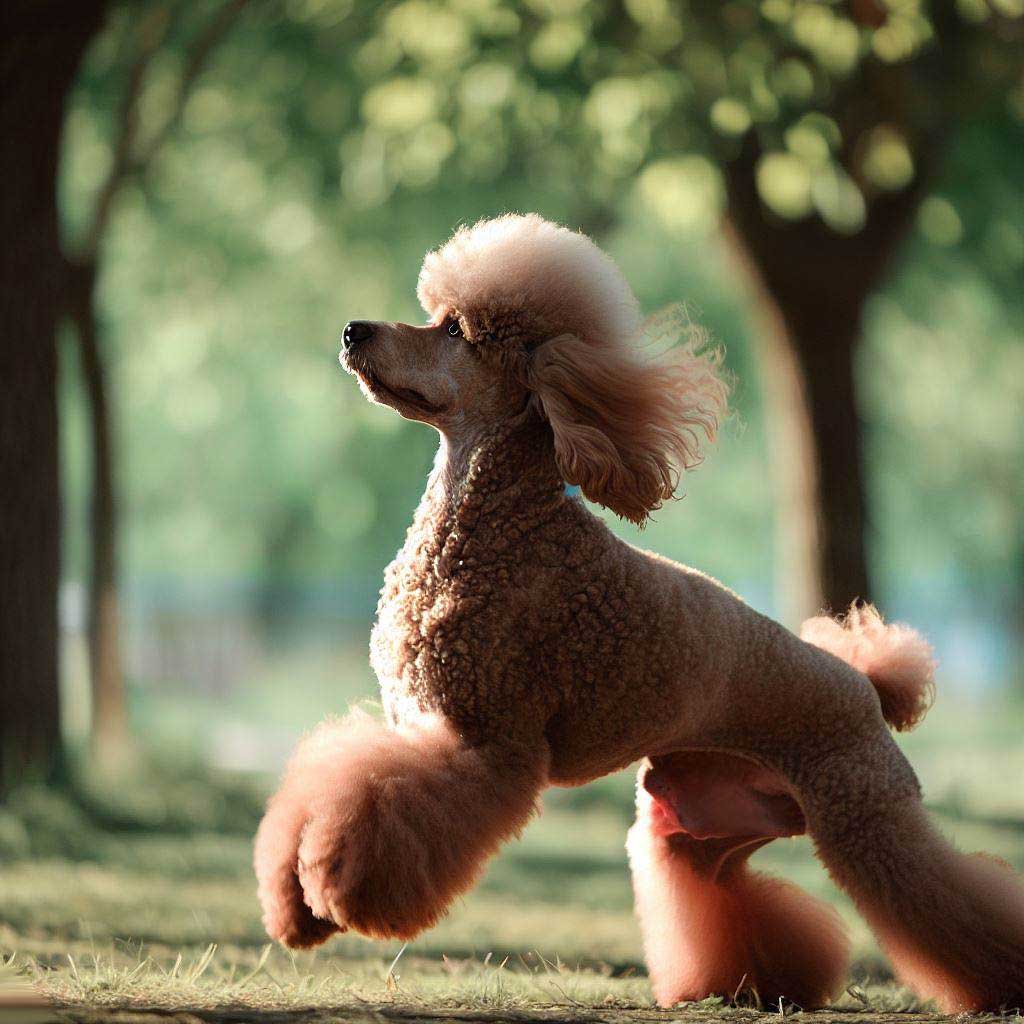
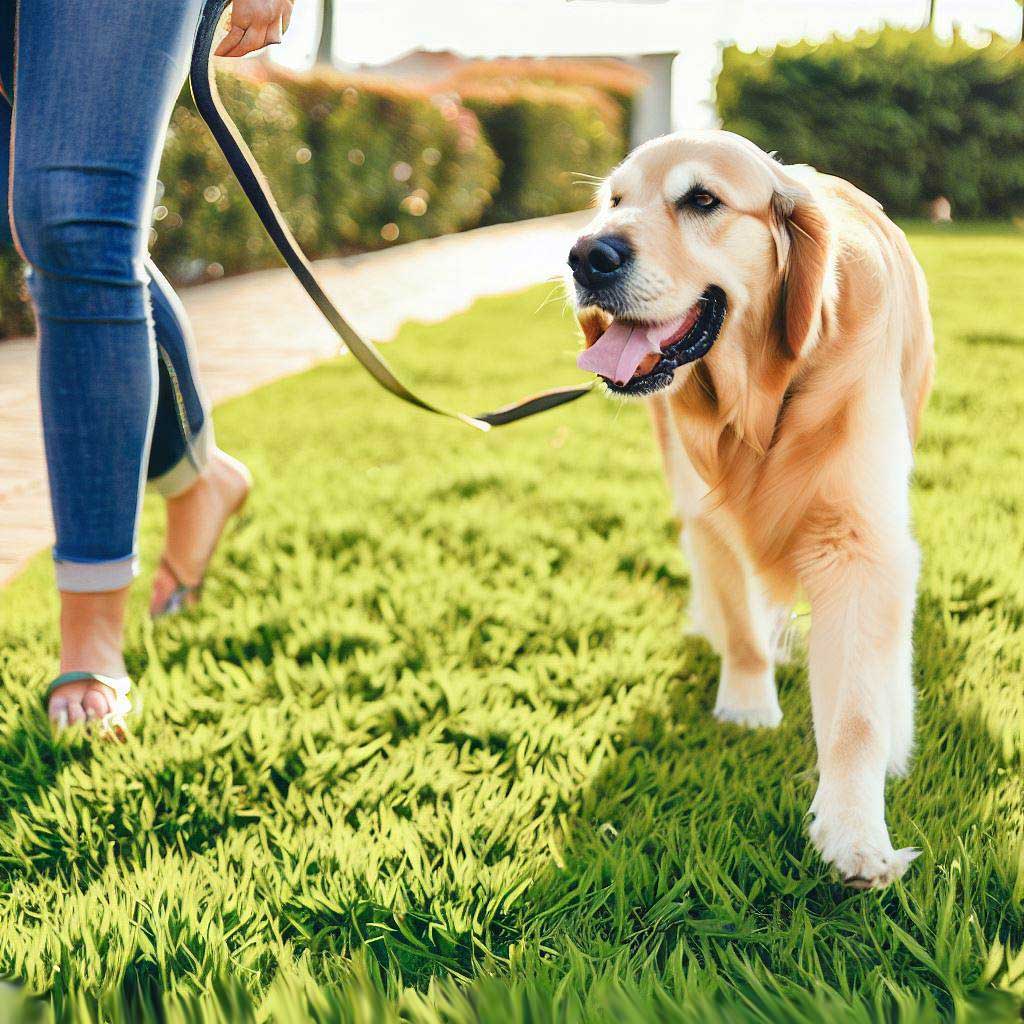
Comparative Analysis: Traditional vs. Positive Reinforcement
Effectiveness and Speed of Results
In the bustling world of dog training, two dominant philosophies emerge: Traditional Training and Positive Reinforcement Dog Training. The first question that probably nips at your heels is, “Which method is more effective and produces rapid results?”
Traditional training, rooted in corrections, punishment, and dominance theory, can sometimes yield quicker observable results. It’s akin to a strict teacher who keeps students in line through fear—a dog may sit promptly or not jump, primarily because it wants to avoid a potential negative consequence. The command-and-follow dynamic seems efficient at first glance, especially when immediate obedience is the goal.
On the flip side, positive reinforcement dog training operates on a more rewarding premise. Every correct behavior is celebrated, be it through treats, praise, or a toy. While this method might require a tad more patience initially, the effectiveness shines through when the dog performs an action willingly, anticipating a positive outcome rather than avoiding a negative one.
However, a rapid result isn’t always synonymous with a robust or lasting outcome. Imagine learning a subject out of passion versus the fear of failing. The former tends to embed deeper, doesn’t it?
Long-term Implications on the Dog’s Behavior and Temperament
As the weeks roll into months and months into years, the long-term behavioral implications of the training method used become vividly apparent.
Dogs trained traditionally can develop an impeccable command-follow behavior, especially if the trainer is consistent. Yet, there’s a lingering shadow. These dogs can become subdued, less playful, and in some instances, show signs of anxiety or stress. It’s like threading on eggshells; they’re constantly on the watch, ensuring they don’t trigger an adverse reaction.
Conversely, with positive reinforcement dog training, the long-term narrative often takes a sunnier route. Dogs display behaviors not out of compulsion, but out of genuine understanding and willingness. Over time, they tend to be more confident, happier, and show fewer signs of anxiety or aggression. It’s worth noting that a dog’s temperament becomes more predictable and stable when trained using positive techniques. Their reactions are based on positive associations rather than unpredictable fear responses.
Impacts on the Dog-Owner Bond
Ah, the age-old tale of companionship! Since the days of yore, humans and dogs have shared a bond, a connection that’s as profound as it is beautiful. But can a training method truly impact this bond?
In the realm of traditional training, the dog-owner dynamic is clear: one leads, the other follows. There’s respect, but it often stems from the dog’s understanding of the owner’s dominance. It’s a relationship, yes, but with clear hierarchies. While some owners appreciate the clear roles and find that it works for them, it can sometimes lead to a more distant relationship where the dog obeys, but perhaps not always out of trust or affection.
Meanwhile, when you wade through the waters of positive reinforcement dog training, you’ll notice a palpable shift. The bond takes on a partnership hue. The dog views the owner not as a dominant figure but as a guide, a mentor. Trust, mutual respect, and understanding form the bedrock of this bond. Dogs, being the intuitive creatures they are, sense this partnership, which often results in a more profound, more connected relationship.
Health and Safety Considerations
Beyond behavior and bonds, there lies the critical realm of health and safety. Which method scores higher when the well-being of our furry friends is at stake?
Traditional training methods, especially those that involve physical corrections or aversive tools like choke chains or prong collars, come with inherent risks. Physical harm, injuries, or even unintended chocking can occur. Additionally, the constant stress and fear can take a toll on a dog’s overall health, manifesting in various forms like hair loss, loss of appetite, or digestive issues.
In contrast, positive reinforcement dog training prioritizes the dog’s physical and emotional well-being. By eliminating the fear of punishment, dogs are less likely to experience stress-induced health issues. The only real health consideration here might revolve around the treats used, ensuring they’re healthy and not leading to weight gain.
When you stand at the crossroads of Traditional and Positive Reinforcement Dog Training, armed with knowledge, you’re not just choosing a training method. You’re shaping a future, crafting memories, and nurturing a bond that’ll stand the test of time.
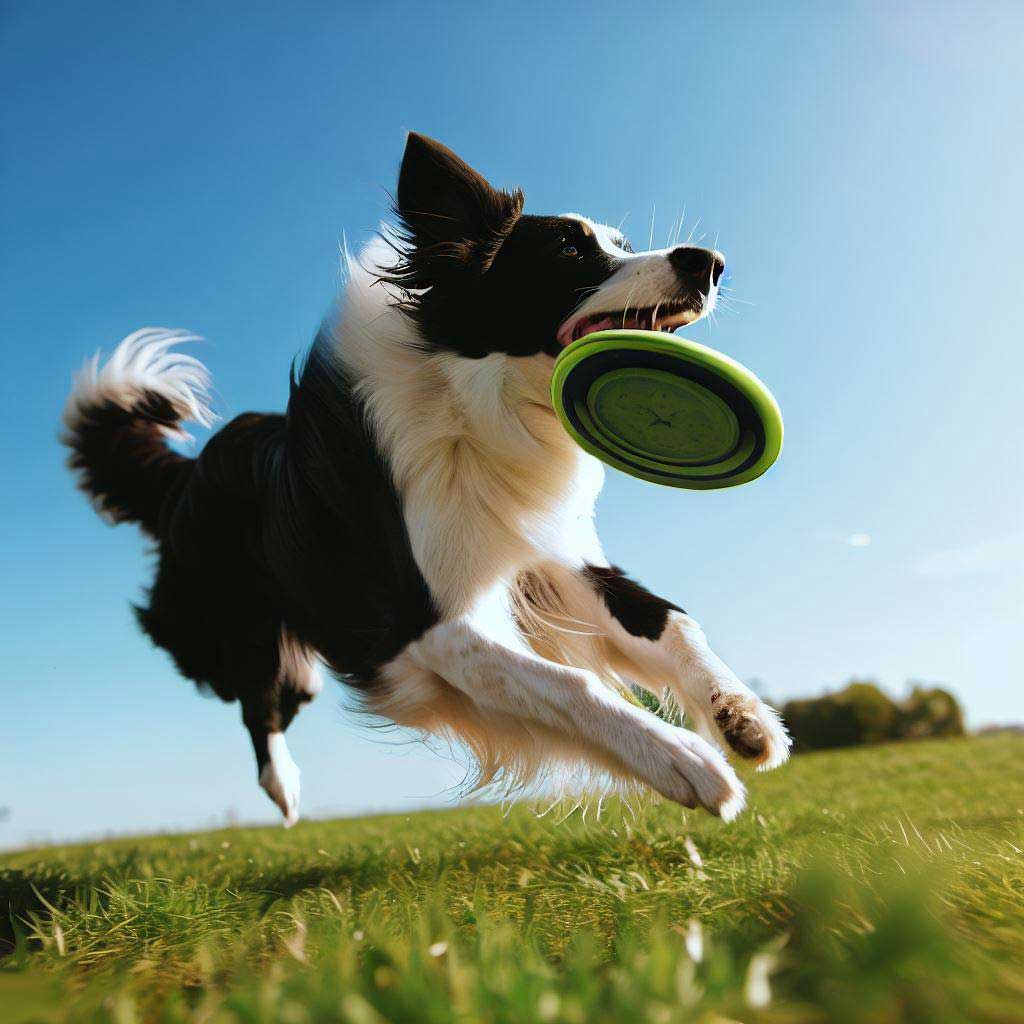
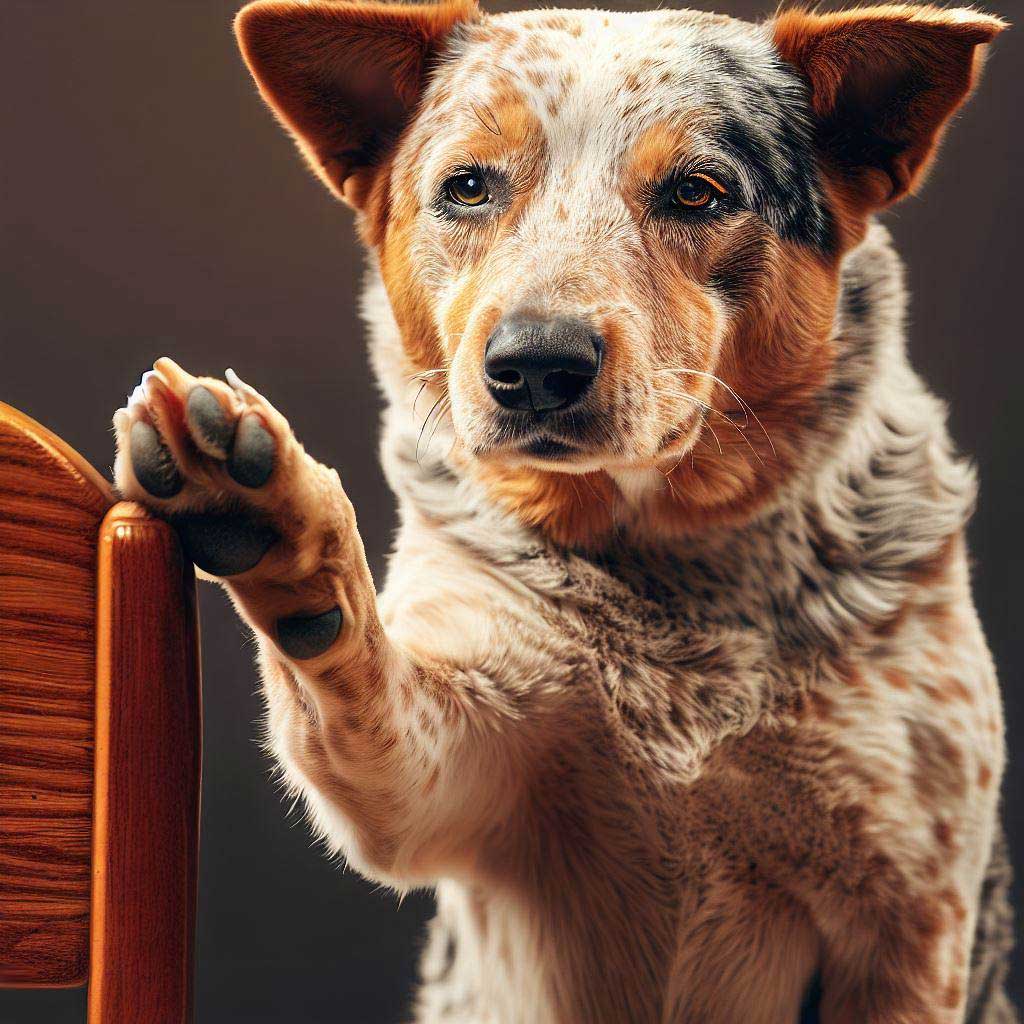
Benefits of Positive Reinforcement Dog Training
Enhancing Dog’s Problem-Solving Skills
Dive into the vibrant world of canine cognition, and you’ll discover that our four-legged companions possess an astoundingly intricate maze of neurons. They’re thinkers, mullers, and on many occasions, mischievous problem solvers. So, how does positive reinforcement dog training fit into this?
Unlike methods that rely on suppressing behaviors, positive reinforcement dog training encourages them. Think about it: when a dog is offered a puzzle toy filled with treats, it learns to manipulate the toy to receive its prize. Similarly, when you reward behaviors you want, the dog starts ‘thinking’ about what actions will earn it a treat, praise, or toy next.
Every time you utilize this training method, you’re basically presenting your dog with a cerebral challenge. If I sit, I get a treat; if I fetch, I get praised. Over time, this encourages them to be more observant, analytical, and proactive in understanding their environment and human cues. Instead of merely following a command out of fear, they actively seek out desired behaviors to reap the rewards. In essence, their problem-solving muscles get a rigorous workout!
Versatility Across Different Dog Breeds and Personalities
Ever stood in front of a bustling canine park, observing the whirlwind of breeds, sizes, and temperaments? From the fiery Chihuahua to the stoic Great Dane, dogs come with a mind-boggling array of personalities. The beauty of positive reinforcement dog training? It’s the universal language these diverse breeds understand.
While traditional methods might demand adjustments based on a dog’s size, breed, or temperament, positive reinforcement dog training transcends these barriers. Every dog, regardless of its lineage or quirks, understands and appreciates rewards. A treat for the Shih Tzu is as effective as it is for the Rottweiler.
Moreover, this method speaks volumes to dogs with a troubled past or inherent skittishness. Because it doesn’t employ intimidation or fear, even the most sensitive of dogs can thrive. You’re not battling against the dog’s personality; you’re working with it. The flexibility and adaptability of this method make it a frontrunner in the canine training realm.
Positive Impacts on the Dog’s Mental Well-Being
Humans aren’t the only ones vulnerable to mental health woes. Our canine companions, with their depth of emotions and sensitivities, are equally susceptible. And just as the environment can shape a human’s psyche, a dog’s training can profoundly impact its mental well-being.
Positive reinforcement dog training is akin to a constant pat on the back, a continual affirmation. Every treat, praise, or toy bestowed upon a dog screams, “You’re doing great!” This cultivates a sense of achievement and self-worth within the dog. Over time, such dogs exude confidence, showcase reduced anxiety levels, and display a notable decrease in destructive behaviors.
Contrast this with a dog always on the edge, unsure when the next reprimand will come. The constant state of tension, of unpredictability, can wreak havoc on their mental state. But with positive reinforcement dog training, they are in a perpetual state of contentment, knowing that right actions lead to delightful consequences. It’s a training regimen that doubles up as a mental health booster!
Strengthening of the Human-Canine Bond
At the heart of every dog-owner relationship lies a bond—a connection forged through shared experiences, trust, and understanding. This bond isn’t just about coexistence; it’s about companionship. And believe it or not, the training method you choose plays a pivotal role in sculpting this bond.
Every time you reward your dog in a positive reinforcement dog training session, you’re not just training; you’re communicating. You’re telling your dog, “I see you. I appreciate your effort.” Over days, weeks, and months, this repeated affirmation deepens the trust. The dog doesn’t view you as a threat but as a partner, a teammate in this journey of life.
On the contrary, relationships built on fear, dominance, or unpredictability often lack depth. The dog might obey, but does it truly trust? With positive reinforcement, every treat given, every praise showered, and every toy thrown is a brick added to the foundation of a robust, resilient, and deeply connected human-canine bond.
There you have it, a comprehensive dive into the multifaceted benefits of positive reinforcement dog training. In a world where understanding reigns supreme, this method stands tall, a testament to the power of positivity and trust in the ever-evolving human-canine relationship.


10 Best Tips and Tricks for Positive Reinforcement Dog Training
Start Young But Understand It’s Never Too Late
Embarking on the journey of positive reinforcement dog training when your furry companion is but a pup is undeniably advantageous. Just as a child’s formative years are impressionable, a puppy’s mind is a blank slate, absorbing everything with keen interest. Beginning early allows for the cultivation of desired behaviors, setting the stage for a well-mannered adult dog.
However, it’s vital to dispel a pervasive myth: old dogs can’t learn new tricks. Contrary to popular belief, mature dogs are very much capable of adapting to positive reinforcement dog training. Their cognitive processes might be different from puppies, but with patience and persistence, even older canines can thrive under this method. Hence, while starting young has its merits, never despair if you’ve adopted an older dog; they too can bask in the magic of positive reinforcement.
Be Consistent with Your Commands and Rewards
Consistency is the backbone of positive reinforcement dog training. Dogs, with their keen observational skills, detect patterns. When you command “sit” one day and “down” another day for the same action, it creates confusion. Similarly, if you reward a behavior today and ignore it tomorrow, the dog struggles to discern what’s expected.
Maintain uniformity in your commands. Choose specific words for specific actions and stick to them. Additionally, ensure that the rewards, whether treats, praise, or toys, are doled out promptly and consistently for the desired behavior. Such uniformity reinforces the dog’s understanding and accelerates the training process.
Use a Variety of Rewards, Not Just Treats
While treats are often the go-to rewards in positive reinforcement dog training, they’re not the sole motivators. Dogs, much like humans, appreciate variety. Alternate between verbal praises, belly rubs, toys, and treats. Observe your dog and identify what excites it the most.
By rotating rewards, you not only keep the dog’s interest piqued but also prevent over-reliance on one particular reward, especially treats, which can lead to weight gain if not monitored. A well-timed “Good job!” or a playful tug-of-war session can be as effective, if not more, than a treat.
Consider Using a Clicker for Precise Timing
The art of clicker training has revolutionized positive reinforcement dog training. A clicker, a tiny device producing a distinct sound, serves as an immediate marker for desired behavior. When your dog performs the desired action, you “click” at that exact moment, followed by a reward.
This precision in timing helps the dog associate the click with their action and the ensuing reward, making it clear which specific behavior earned them the treat. Over time, the click itself becomes a reward, making the training process smoother and more efficient.
Keep Training Sessions Short and Fun
Training isn’t a marathon; it’s a series of short, engaging sprints. Dogs, regardless of their age or breed, have limited attention spans. Stretching a session can lead to waning interest and diminished effectiveness.
Instead, opt for multiple short sessions throughout the day, each lasting about 5-10 minutes. Ensure these sessions are lively, fun, and infused with positivity. A joyous environment coupled with positive reinforcement dog training techniques maximizes retention and bolsters enthusiasm.
Train in a Distraction-Free Environment Initially
Imagine trying to learn a new skill in a chaotic environment. Daunting, isn’t it? The same holds for dogs. Initial training sessions should be in quiet, familiar territories, free from distractions. This allows the dog to focus solely on your commands and the associated rewards.
As the training progresses and the dog becomes adept at following commands, you can consider introducing controlled distractions. But remember, start small. Overwhelming a dog with too many distractions too soon can set back the training.
Gradually Introduce New Challenges and Distractions
Once your dog has mastered the basics in a controlled environment, it’s time to up the ante. Gradually introduce new challenges that test their skills. Maybe it’s a new command or a different environment with subtle distractions.
The goal here is to reinforce their training in varied settings and circumstances. This ensures that their behavior remains consistent, irrespective of the environment. However, always ensure the progression is gradual. Throwing them into the deep end without adequate preparation can erode confidence.
Always End on a Positive Note
Imagine ending a day with a negative experience; it taints the entire day’s memories. The same principle applies to dog training sessions. Ending on a positive note, perhaps with a command the dog excels at, ensures they associate training with positivity.
This tactic not only uplifts their mood but also makes them eager for the next session. Remember, the goal of positive reinforcement dog training isn’t just obedience but also fostering a love for learning.
Avoid Punishing or Yelling; Focus on Redirecting Behaviors
In the realm of positive reinforcement dog training, punishment and yelling are counterproductive. Instead of understanding the reason for the reprimand, most dogs become fearful or anxious. This impedes learning.
Instead, focus on redirecting undesired behaviors. If your dog is chewing furniture, redirect them to a chew toy. It’s about guiding them towards acceptable behaviors rather than punishing the unacceptable.
Continuously Educate Yourself and Stay Updated with New Positive Reinforcement Techniques
The world of canine training is dynamic, with new research and techniques emerging regularly. As a responsible dog owner, it’s imperative to stay updated. Attend workshops, read books, or join forums dedicated to positive reinforcement dog training. The more you learn, the more effectively you can train your dog, ensuring a harmonious relationship for years to come.

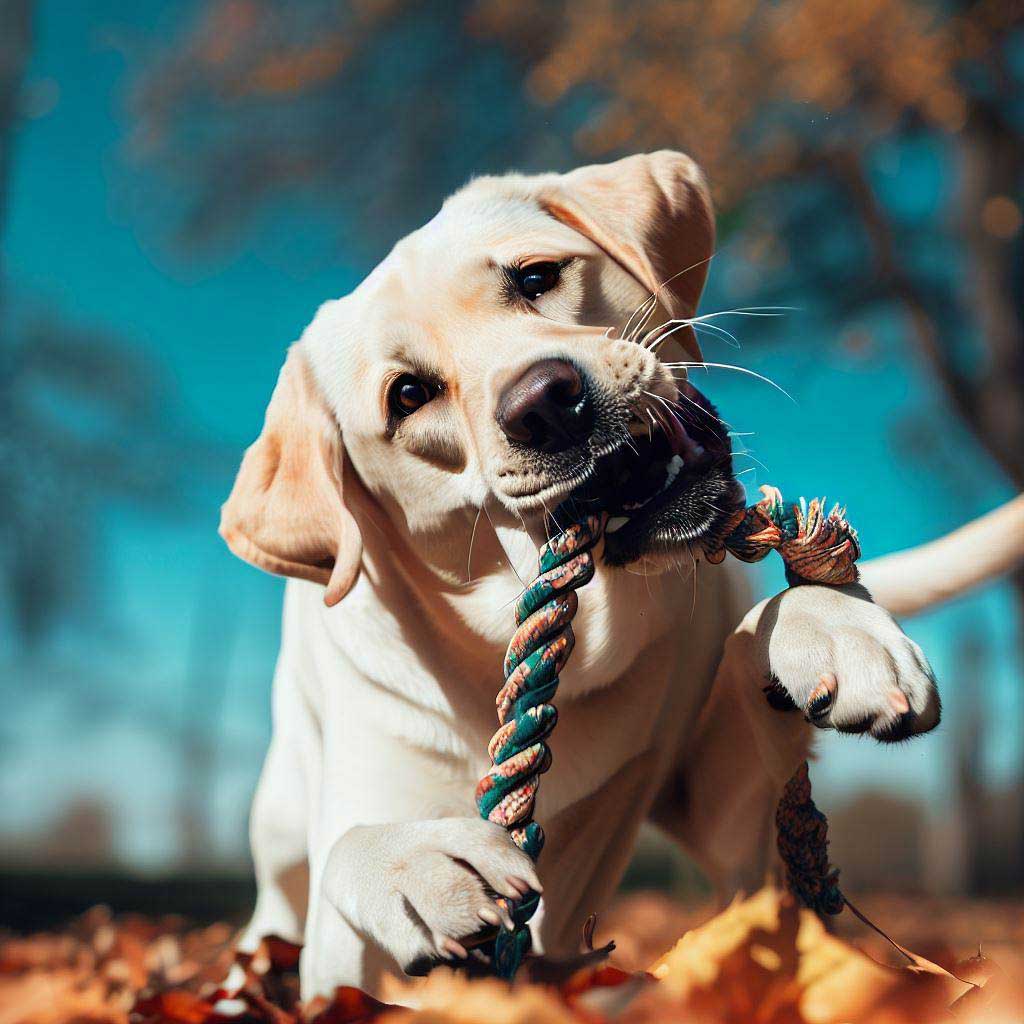
Conclusion: Traditional vs. Positive Reinforcement Training Methods
Recap of the Importance of Choosing a Suitable Training Method
Dive deep into the world of canine companions, and it rapidly becomes evident that not all training methods are crafted equally. The essence of training lies not just in commanding obedience but in fostering a relationship based on mutual trust and understanding. Indeed, the method you employ reverberates profoundly, influencing not merely your dog’s behavior but their very essence, their psyche, and your bond with them.
Historically, traditional training methods reigned supreme. They revolved around the philosophy of dominance, where dogs were trained through a mix of corrections and rewards. Dominance was key; the trainer needed to establish themselves as the ‘alpha’ in the relationship. While it’s undeniable that these methods produced results, especially in situations demanding strict obedience like military or police work, their impact on the dog’s emotional well-being has been a topic of debate.
Enter positive reinforcement dog training, a paradigm shift in the realm of canine training. Rooted in modern understandings of animal behavior and psychology, this method champions rewards over corrections. Good behavior is rewarded with treats, praise, or toys, while undesirable actions are simply ignored or redirected. No punishments, no harsh corrections – just an environment of encouragement and positivity.
But why does the choice of training method bear such significance?
Firstly, the training process itself. Dogs, like humans, thrive in environments of understanding and encouragement. While both methods aim to achieve obedience, the journey there varies drastically. Positive reinforcement dog training, for instance, cultivates an eager learner, one who associates training with rewards and happiness. Traditional methods, on the other hand, can sometimes lead to a dog obeying out of fear of correction rather than genuine understanding.
Secondly, and perhaps more crucially, the long-term impacts. Beyond immediate obedience, training influences a dog’s behavior, temperament, and even their mental health. A method that consistently employs harsh corrections can inadvertently instill fear, anxiety, or aggression in a dog. In contrast, positive reinforcement methods have shown to bolster a dog’s confidence, making them more adaptable and happier in varied situations.
Encouragement for Owners to Consider the Well-being and Psychology of Their Dogs
Venturing into dog training, it’s paramount for owners to realize that their furry companions aren’t mere automatons. They’re sentient beings, with emotions, desires, fears, and a unique psychology. Just as we’d prefer a positive, understanding learning environment for ourselves, our dogs too deserve the same consideration.
Dogs, with their unwavering loyalty and love, look up to their humans for guidance, care, and safety. It’s a responsibility, a silent pact between the species. By choosing a training method, you’re not merely teaching commands; you’re laying the foundation for your lifelong relationship with your dog.
It’s thus imperative to delve deeper, beyond the immediate results, and weigh the long-term implications of your chosen method. Consider the psychological impacts. Is your dog learning out of genuine understanding and enthusiasm, or out of a fear of repercussions? Are they excited about training sessions, seeing them as fun games, or do they approach with apprehension?
Rewards and encouragement
Positive reinforcement dog training, with its emphasis on rewards and encouragement, aligns closely with modern understandings of canine psychology. It recognizes the dog as a partner in the training process, an active participant eager to learn and please. It prioritizes the dog’s well-being, both physical and emotional, ensuring that the journey of learning is as joyful as the results.
To every dog owner embarking on the training voyage, remember: Training isn’t just about obedience; it’s about communication, understanding, and building a bond that lasts a lifetime. Choose wisely, choose with empathy, and let the well-being and psychology of your beloved canine guide your path.


FAQ: Traditional vs. Positive Reinforcement Training Methods
What is the main difference between traditional and positive reinforcement training?
The fundamental difference lies in the approach. Traditional training typically employs both corrections (like leash jerks or verbal reprimands) and rewards to teach behavior. Positive reinforcement dog training, however, focuses solely on rewarding the desired behavior, essentially reinforcing the behavior you want to see more of.
Is positive reinforcement suitable for aggressive or older dogs?
Absolutely! Positive reinforcement can be highly effective for dogs of all ages and temperaments. Older dogs may not be the proverbial “old dogs that can’t learn new tricks”; with patience, they respond well. For aggressive dogs, positive reinforcement can, in fact, help alleviate some of the underlying stress or fear causing the aggression.
Can I combine both traditional and positive reinforcement methods?
While it’s technically possible, it might confuse your dog. Mixing rewarding with corrections can send mixed signals. For clarity and consistency – cornerstones of effective training – it’s best to stick with one approach.
How long does it take to see results with positive reinforcement dog training?
It varies. Some dogs grasp new behaviors swiftly within a few sessions, while others might take longer. Consistency, patience, and regular training are key. However, positive reinforcement often leads to faster internalization of positive behaviors, as the dog willingly participates in the learning process.
Are treats the only form of positive reinforcement?
No, treats are just one form. Praise, toys, playtime, or any action that your dog finds rewarding can serve as positive reinforcement.
Is dominance-based training the same as traditional training?
Not necessarily. While dominance theory has influenced traditional methods, not all traditional methods revolve around establishing dominance. However, it’s essential to remember that recent studies challenge the dominance theory, asserting dogs are more cooperative than competitive with humans.
How do I transition from traditional to positive reinforcement training?
Start by understanding your dog’s motivators – treats, toys, or praise. Gradually replace corrections with these rewards. Initially, you might need to reward small steps towards the desired behavior, but with persistence, your dog will adjust to this new, positive method.
Do professional trainers prefer one method over the other?
Trends in professional dog training have shifted towards positive reinforcement dog training due to its emphasis on building a cooperative relationship. However, some trainers still use a mix, especially in specific fields like protection or military work.
Can positive reinforcement be used for advanced commands and tricks?
Certainly! From basic obedience to intricate tricks or tasks, positive reinforcement has proven effective. The key is breaking down complex behaviors into manageable steps and rewarding progress.
Is there a risk of my dog becoming overweight with treat-based positive reinforcement?
If you’re using treats frequently, opt for low-calorie options or even pieces of their regular kibble. Monitor their weight and adjust their diet as necessary. Remember, treats should complement, not replace, their regular meals.
What are the traditional training methods for dogs?
Traditional methods encompass a range of techniques, from leash corrections and verbal reprimands to positive rewards. The emphasis is on teaching the dog to avoid undesirable behaviors to prevent corrections.
What is the difference between modern and traditional dog training?
Modern methods lean heavily on positive reinforcement, focusing on reward-based techniques. Traditional methods, however, balance between corrections and rewards.
What is the most effective method of dog training?
Effectiveness can be subjective, dependent on the dog’s personality and the trainer’s proficiency. However, studies and trends favor positive reinforcement dog training due to its emphasis on building trust and cooperation.
Why is positive reinforcement training better?
It strengthens the bond between owner and pet, reduces potential training-related stress, and often results in more long-lasting behavioral internalization. Dogs trained with positive reinforcement are also found to exhibit fewer problem behaviors.
What are examples of traditional training methods?
Examples include the use of choke chains, leash jerks, firm verbal reprimands, and even physical corrections to discourage undesired behavior.
Can you train a dog with only positive reinforcement?
Absolutely, many trainers and pet owners exclusively use positive reinforcement, achieving exceptional results in obedience, agility, and even specialized tasks.
What is the difference between traditional training method and technology training method for dogs?
Traditional methods are hands-on, relying on tools like leashes, collars, and direct interaction. Technology training might incorporate devices like electronic collars, GPS trackers, or apps that aid in monitoring and training.
What is the difference between force free and positive reinforcement?
Force free means no force or intimidation is used in training, which encompasses positive reinforcement. However, positive reinforcement is a subset, focusing on rewarding desired behaviors, while force-free is broader, emphasizing what’s NOT used in training.
What are the 4 types of positive reinforcement with dogs?
- Edible Rewards: Treats or kibble.
- Tangible Rewards: Toys or play items.
- Activity Rewards: Playing fetch or tug.
- Social Rewards: Praise or petting.
What is the difference between negative and positive reinforcement dog training?
Positive reinforcement rewards desired behaviors. Negative reinforcement, often misunderstood, involves removing an unpleasant stimulus when the desired behavior is exhibited (like releasing pressure on a collar).
What is an example of positive and negative reinforcement with dogs?
Positive: Giving a treat when your dog sits on command.
Negative: Releasing tension on a leash once the dog stops pulling and walks beside you.
What are the pros and cons of positive reinforcement with dogs?
Pros: Builds trust, reduces fear, adaptable across breeds, and often faster internalization of behaviors.
Cons: Requires consistency, some argue it might not be as effective for specific, high-demand tasks.
Do dogs learn better with positive or negative reinforcement?
Generally, dogs respond better to positive reinforcement. It reduces fear and confusion, fostering a more engaged and enthusiastic learner.
What is the difference between modern and traditional dog training?
As mentioned, modern dog training gravitates towards positive reinforcement, emphasizing reward-based approaches, while traditional methods strike a balance between corrections and rewards.
What are the traditional training methods for dogs?
Traditional methods, as noted earlier, encompass techniques from leash corrections to rewards, aiming at teaching the dog to avoid undesired behaviors.
What is the traditional dominance method of dog training?
Dominance method stems from the belief that dogs are pack animals, and owners must establish themselves as the “alpha”. It often includes techniques that show the human’s dominance, like alpha rolls or ensuring humans eat before dogs.
Want to learn more about what really makes your dog’s brain tick? Check out my previous article here: Decoding Dog Behavior Science: The Mind Behind the Bark
More great articles from our editors about dog training from our archives:
- Discover what are the 5 golden rules of dog training and transform your pup’s behavior. Master effective training with these proven tips!
Article: The 5 Golden Rules Of Dog Training - Importance Of Dog Training – Why Dog Obedience is Important. Discover how training shapes behavior and fosters a loving bond.
Article: Importance Of Dog Training – Why Dog Obedience is Important - What Are The 7 Commands To Train A Dog: Teach Them Right is your go-to guide for effective dog training. Learn the essential commands now!
Article: What Are The 7 Commands To Train A Dog: Teach Them Right - Dog Training Tips for Beginners: Train Your Puppy Dog Like a Pro. Expert guide to teach skills, overcome challenges, and build a strong bond.
Article: Dog Training Tips for Beginners: Train Your Puppy Dog Like a Pro - How Do You Start Training a Bad Dog | Dog Training Essentials: Unlock tried-and-true methods to shape better behaviors in any breed.
Article: How Do You Start Training a Bad Dog | Dog Training Essentials - Discover what are the 5 golden rules of dog training and transform your pup’s behavior. Master effective training with these proven tips!
Article: The 5 Golden Rules Of Dog Training - The 17 Best Companion Dogs That Make Great Pets: Explore 17 top breeds perfect for companionship, cuddling, and more. Find your ideal lifelong furry friend today!
Article: The 17 Best Companion Dogs That Make Great Pets - Is it Too Late to Train My Dog: Puppy and Dog Training Guide. Learn why age isn’t a barrier and how to train older dogs effectively.
Article: Is it Too Late to Train My Dog: Puppy and Dog Training Guide - Bell Training A Dog: Train Your Puppy with Bells. Learn to create a loving and lasting bond through bell techniques.
Article: Bell Training A Dog: Train Your Puppy with Bells - 13 Easiest Dogs To Potty Train: Puppies Included! Discover the top breeds and master effective techniques for a hassle-free potty training.
Article: 13 Easiest Dogs To Potty Train: Puppies Included


